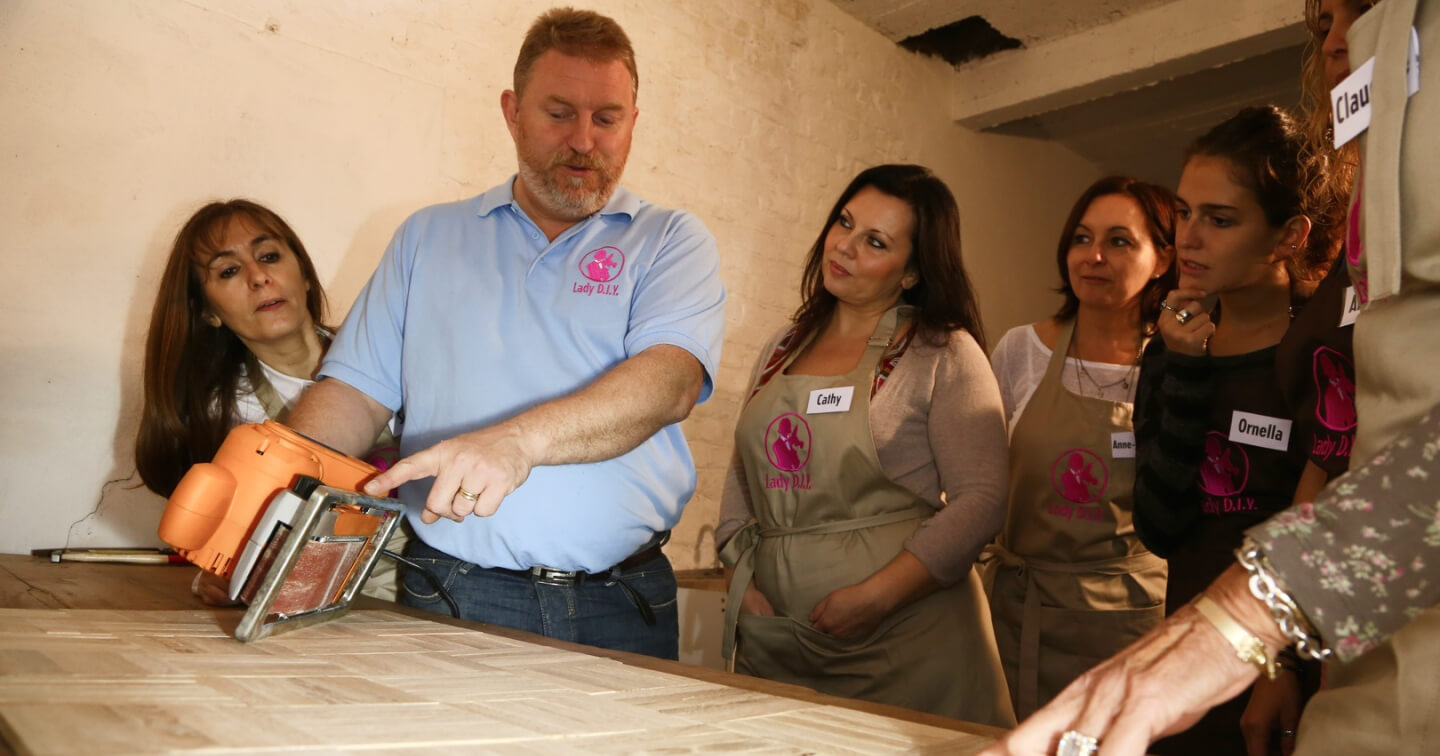IN SHORT ~

TR19 kitchen and ductwork cleaning does not have to be carried out exclusively by BESA (Building Engineering Services Association). However, BESA is the organization that developed TR19 as the industry standard for kitchen extract and ductwork cleaning, so many reputable companies follow their certification scheme (e.g., TR19 Grease™).
Other Options for TR19 Compliance

You can use any professional ductwork cleaning company as long as they:
✔ Follow TR19 guidelines (whether or not they are BESA-certified)
✔ Provide a TR19 post-clean report (needed for insurance & fire safety compliance)
✔ Hold relevant industry certifications, such as:
- NAADUK (National Association of Air Duct Specialists UK) – Offers TR19-compliant training and accreditation.
- ISO 9001, CHAS, SafeContractor – General health & safety accreditations.
- Independent TR19 training providers – Some companies train staff in TR19 compliance without being part of BESA.
Key Takeaway
You don’t have to use BESA directly, but you must ensure that the cleaning company follows TR19 standards and provides the necessary compliance documentation. Always check their credentials before hiring.
The TR19 standards, developed by the Building Engineering Services Association (BESA), provide comprehensive guidelines for the internal cleanliness of ventilation systems, focusing on both air quality and fire safety. These standards are crucial for maintaining safe and efficient commercial kitchen operations.
Key Components of TR19 Standards:
- Access Panels: Ductwork systems must have sufficient, appropriately sized access panels to facilitate regular inspection and cleaning. These panels should be constructed from the same material as the ductwork and be strategically located to ensure complete system coverage.
- Cleaning Frequencies: The standards recommend cleaning intervals based on kitchen usage:
- Heavy Use (12-16 hours/day): Every 3 months
- Moderate Use (6-12 hours/day): Every 6 months
- Light Use (2-6 hours/day): Every 12 months These intervals help prevent excessive grease accumulation, reducing fire hazards.
- Cleaning Methods: TR19 outlines various cleaning techniques, including manual scraping, chemical treatments, and high-pressure water washing. The chosen method should effectively remove all visible grease deposits from the entire system, including ductwork, canopies, and fans.
- Post-Cleaning Verification: After cleaning, a visual inspection is essential to ensure all surfaces meet the required cleanliness standards. Additionally, measurements of any remaining deposits should be taken to confirm compliance.
Recent Updates to TR19 Standards:
Over the past eight years, TR19 has undergone significant revisions to address evolving industry needs:
- 2019: BESA introduced TR19 Grease as a standalone specification focusing on managing fire risks associated with grease accumulation in kitchen extraction systems. This move underscored the importance of targeted guidelines for commercial kitchens.
- 2024: The release of TR19 Air marked a significant advancement, emphasizing the internal cleanliness and hygiene management of ventilation systems. This update responded to the growing awareness of indoor air quality’s impact on health, especially highlighted during the COVID-19 pandemic. thebesa.com
These updates reflect BESA’s commitment to enhancing both fire safety and air quality in commercial kitchen environments.



